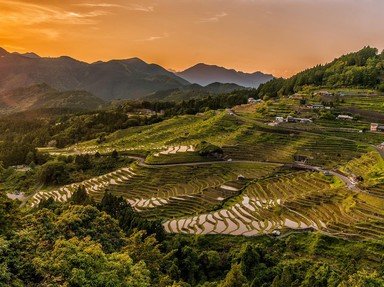
Night Sky - Japan Trivia Quiz
At night, the urban lights light up your area, but, from space, they show where population centers are. Can you identify the large population centers from only the city lights?
A label quiz
by LeoDaVinci.
Estimated time: 3 mins.
- Home
- »
- Quizzes
- »
- Geography Trivia
- »
- Asia
- »
- Japan
